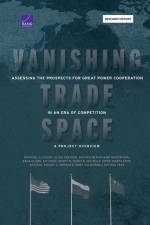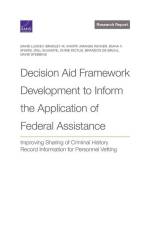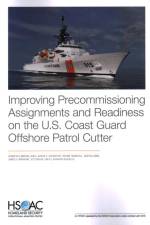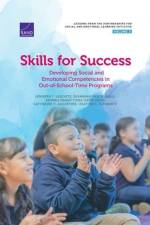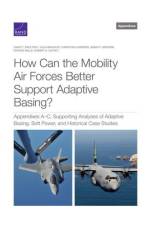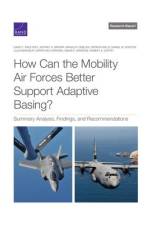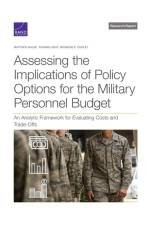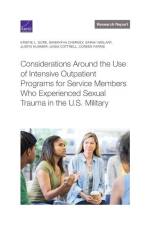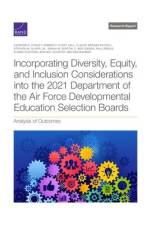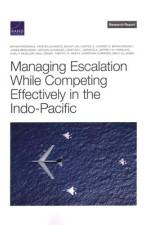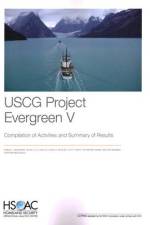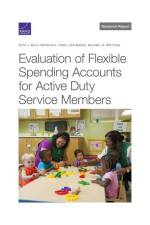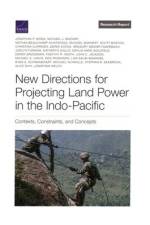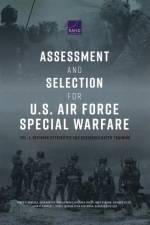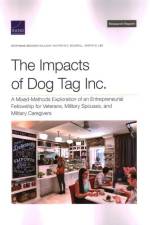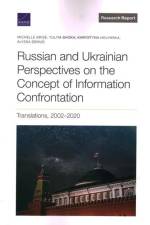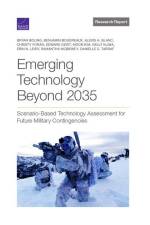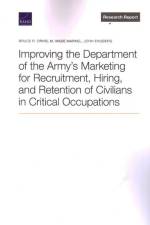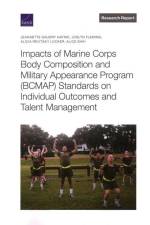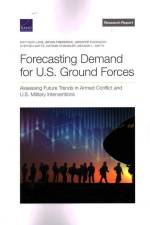av Julia H Kaufman
299,-
This report offers a framework for defining civic infrastructure and presents some measures that provide information to help monitor civic infrastructure across the United States, in individual states, in communities, and across diverse populations. The authors specifically define civic infrastructure as the places, policies, programs, and practices that undergird strong communities and foster civic engagement. The framework categorizes these places, policies, programs, and practices in terms of three inputs: (1) democratic governance, (2) civic education, and (3) civic spaces. The authors also consider how these inputs are related to a set of intertwined outputs: (1) civic literacy, (2) civic identity, and (3) civic engagement. They then identify a set of existing measures across a range of data sources that provide information about the status of these inputs and outputs in the United States. This research has some implications for research, policy, and practice. First, more research is needed to test and confirm the definition, framework, and measures in this report. Second, federal and state policies could increase collection and availability of measures. Lastly, this research suggests considerable variation across states and communities in regard to rights and access to many aspects of civic infrastructure framework-from democratic governance, civic education, and civic spaces to the outputs of civic literacy, identity, and engagement. For that reason, this work implies the urgent need for more efforts to measure equitable access to and participation in aspects of civic infrastructure, both to monitor the health of democracy and to determine ways of improving it.

